Android Http请求
Android HTTP请求封装代码

/*** This class is the Utils of other classes.*/public class HttpUtil {/** 变量/常量说明 */private static final String TAG = "HttpUtils";/** 超时时间 */private static int mTimeOut = 20000;/** 私钥密码 *//** 使用协议 */private static final String CLIENT_AGREEMENT = "TLS";/** 密钥管理器 *//** 变量/常量说明 */private static HttpUtil mHttpUtils = null;/*** 获取HPPS对象实例** @param application* @return* @since V1.0*/public static HttpUtil getInstace(Context context) {if (mHttpUtils == null) {mHttpUtils = new HttpUtil(context);}return mHttpUtils;}/*** @param application*/private HttpUtil(Context context) {}/*** 这里对方法做描述** @param servAddr* @param xmlBody* @return* @throws HttpException* @since V1.0*/public String httpGetRequest(String servAddr) throws HttpException {// create connectionString response = null;HttpURLConnection conn = null;boolean ret = false;InputStream in = null;try {URL url = new URL(servAddr);conn = (HttpURLConnection) url.openConnection();conn.setConnectTimeout(mTimeOut);conn.setReadTimeout(mTimeOut);conn.setDoInput(true);conn.setRequestMethod("GET");conn.setRequestProperty("Content-type", "text/xml; charset=utf-8");if (conn.getResponseCode() == 200) {// getCookie(conn);in = new BufferedInputStream(conn.getInputStream());} else {in = new BufferedInputStream(conn.getErrorStream());}response = inputStream2String(in);in.close();in = null;ret = true;} catch (MalformedURLException e) {ret = false;e.printStackTrace();} catch (ProtocolException e) {ret = false;e.printStackTrace();} catch (IOException e) {ret = false;e.printStackTrace();} finally {if (in != null) {try {in.close();} catch (IOException e) {// TODO Auto-generated catch blocke.printStackTrace();}in = null;}if (conn != null) {// 断开连接conn.disconnect();conn = null;}}// 抛出异常if (!ret) {throw new HttpException("network exception", HttpException.HTTP_NETWORD_EXCEPTION);}return response;}/*** 这里对方法做描述** @return* @throws InvalidFormatException* @see* @since V1.0*/public static String httpPostRequest(String path) {// create connectionString response = null;HttpURLConnection conn = null;try {URL url = new URL(path);conn = (HttpURLConnection) url.openConnection();conn.setConnectTimeout(mTimeOut);conn.setDoInput(true);conn.setDoOutput(true);conn.setRequestMethod("POST");conn.setRequestProperty("Content-type", "text/xml; charset=utf-8");InputStream in = new BufferedInputStream(conn.getInputStream());response = inputStream2String(in);} catch (MalformedURLException e) {e.printStackTrace();} catch (ProtocolException e) {e.printStackTrace();} catch (IOException e) {e.printStackTrace();} catch (Exception e) {e.printStackTrace();} finally {if (conn != null) {// 断开连接conn.disconnect();conn = null;}}return response;}/*** httpPost方式** @param servAddr* @param xmlBody* @return* @throws HttpException* @since V1.0*/public String httpPostRequest(String servAddr, String xmlBody) throws HttpException {// create connectionString response = null;HttpURLConnection conn = null;boolean ret = false;InputStream in = null;DataOutputStream os = null;try {URL url = new URL(servAddr);conn = (HttpURLConnection) url.openConnection();conn.setConnectTimeout(mTimeOut);conn.setReadTimeout(mTimeOut);conn.setDoInput(true);conn.setDoOutput(true);conn.setRequestMethod("POST");conn.setRequestProperty("Content-type", "text/xml; charset=utf-8");// send xml contant to serveros = new DataOutputStream(conn.getOutputStream());os.write(xmlBody.getBytes(), 0, xmlBody.getBytes().length);os.flush();os.close();os = null;if (conn.getResponseCode() == 200) {// getCookie(conn);in = new BufferedInputStream(conn.getInputStream());} else {in = new BufferedInputStream(conn.getErrorStream());}response = inputStream2String(in);in.close();in = null;ret = true;} catch (MalformedURLException e) {ret = false;e.printStackTrace();} catch (ProtocolException e) {ret = false;e.printStackTrace();} catch (IOException e) {ret = false;e.printStackTrace();} finally {try {if (in != null) {in.close();}if (os != null) {os.close();}} catch (IOException e) {e.printStackTrace();}in = null;if (conn != null) {// 断开连接conn.disconnect();conn = null;}}// 抛出异常if (!ret) {throw new HttpException("network exception", HttpException.HTTP_NETWORD_EXCEPTION);}return response;}/*** 这里对方法做描述** @return* @throws HttpException* @see* @since V1.0*/public String httpsGetRequest(String servHttpsAddr) {if (servHttpsAddr == null || servHttpsAddr.equals("")) {CLog.d(TAG, "sslGetRequest servHttpsAddr == null");return "";}boolean bRet = verifyHttpsUrl(servHttpsAddr);if (!bRet) {CLog.d(TAG, "sslGetRequest verifyHttpsUrl fail");return "";}String response = "";try {response = getSslRequest(servHttpsAddr);} catch (HttpException e) {e.printStackTrace();CLog.d(TAG, "sslGetRequest verifyHttpsUrl fail");return "";}return response;}/*** httpsPost方式发送** @return* @throws HttpException* @see* @since V1.0*/public String httpsPostRequest(String servHttpsAddr, String xmlBody) {if (servHttpsAddr == null || servHttpsAddr.equals("")) {CLog.d(TAG, "postHttpsRequest servHttpsAddr == null");return "";}if (xmlBody == null || xmlBody.equals("")) {CLog.d(TAG, "postHttpsRequest xmlBody == null");return "";}boolean bRet = verifyHttpsUrl(servHttpsAddr);if (!bRet) {CLog.d(TAG, "postHttpsRequest verifyHttpsUrl fail");return "";}String response = "";try {response = postSslRequest(servHttpsAddr, xmlBody);} catch (HttpException e) {e.printStackTrace();CLog.d(TAG, "postHttpsRequest postSslRequest fail");return "";}return response;}/*** 把输入流转化成string** @param is* @return* @see* @since V1.0*/private static String inputStream2String(InputStream is) {InputStreamReader inputStreamReader = new InputStreamReader(is);BufferedReader in = new BufferedReader(inputStreamReader);StringBuffer buffer = new StringBuffer();String line = "";try {while ((line = in.readLine()) != null) {buffer.append(line);}} catch (IOException e) {e.printStackTrace();} finally {try {if (inputStreamReader != null) {inputStreamReader.close();}inputStreamReader = null;if (in != null) {in.close();}in = null;} catch (IOException e) {e.printStackTrace();}}return buffer.toString();}/*** 这里对方法做描述** @param servHttpsAddr* @param xmlBody* @return* @throws HttpException* @since V1.0*/private String getSslRequest(String servHttpsAddr) throws HttpException {// create connectionString response = null;HttpURLConnection conn = null;boolean ret = false;InputStream in = null;try {URL url = new URL(servHttpsAddr);trustAllHosts();conn = (HttpsURLConnection) url.openConnection();((HttpsURLConnection) conn).setHostnameVerifier(DO_NOT_VERIFY);// 不进行主机名确认// ((HttpsURLConnection)// conn).setSSLSocketFactory(getPushSSLSocketFactory());conn.setConnectTimeout(mTimeOut);conn.setReadTimeout(mTimeOut);conn.setDoInput(true);conn.setRequestMethod("GET");conn.setRequestProperty("Content-type", "text/xml; charset=utf-8");if (conn.getResponseCode() == 200) {// getCookie(conn);in = new BufferedInputStream(conn.getInputStream());} else {in = new BufferedInputStream(conn.getErrorStream());}response = inputStream2String(in);in.close();in = null;ret = true;} catch (MalformedURLException e) {ret = false;e.printStackTrace();} catch (ProtocolException e) {ret = false;e.printStackTrace();} catch (IOException e) {ret = false;e.printStackTrace();}// catch (NoSuchAlgorithmException e) {// ret = false;// e.printStackTrace();// } catch (KeyManagementException e) {// ret = false;// e.printStackTrace();// } catch (KeyStoreException e) {// ret = false;// e.printStackTrace();// } catch (CertificateException e) {// ret = false;// e.printStackTrace();// } catch (UnrecoverableKeyException e) {// ret = false;// e.printStackTrace();// }finally {if (in != null) {try {in.close();} catch (IOException e) {// TODO Auto-generated catch blocke.printStackTrace();}in = null;}if (conn != null) {// 断开连接conn.disconnect();conn = null;}}// 抛出异常if (!ret) {throw new HttpException("network exception", HttpException.HTTP_NETWORD_EXCEPTION);}return response;}/*** 验证https地址** @since V1.0*/public boolean verifyHttpsUrl(String httpsAddr) {// TODO Auto-generated method stubif (httpsAddr == null || httpsAddr.equals("")) {CLog.e(TAG, "verifyHttpsUrl httpsAddr == null");return false;}URL httpsUurl;try {httpsUurl = new URL(httpsAddr);} catch (MalformedURLException e) {// TODO Auto-generated catch blocke.printStackTrace();CLog.e(TAG, "verifyHttpsUrl httpsAddr not url, error url:" + httpsAddr);return false;}if (!httpsUurl.getProtocol().equalsIgnoreCase("https")) {CLog.e(TAG, "verifyHttpsUrl httpsAddr not https, error url:" + httpsAddr);return false;}return true;}/*** post ssl请求** @param servHttpsAddr* @param xmlBody* @return* @throws HttpException* @since V1.0*/private String postSslRequest(String servHttpsAddr, String xmlBody) throws HttpException {// 回复信令String response = null;//boolean ret = false;// 输入流InputStream in = null;DataOutputStream os = null;HttpsURLConnection httpsConn = null;InputStream inputStream = null;try {URL url = new URL(servHttpsAddr);// solution: javax.net.ssl.SSLException: Not trusted server// certificatetrustAllHosts();// 打开连接httpsConn = (HttpsURLConnection) url.openConnection();// 不进行主机名确认httpsConn.setHostnameVerifier(DO_NOT_VERIFY);httpsConn.setConnectTimeout(mTimeOut);httpsConn.setReadTimeout(mTimeOut);httpsConn.setDoInput(true);httpsConn.setDoOutput(true);httpsConn.setRequestMethod("POST");httpsConn.setRequestProperty("Content-type","text/xml; charset=utf-8");// send xml contant to serveros = new DataOutputStream(httpsConn.getOutputStream());os.write(xmlBody.getBytes(), 0, xmlBody.getBytes().length);os.flush();os.close();os = null;if (httpsConn.getResponseCode() == 200) {// getCookie(conn);inputStream = httpsConn.getInputStream();in = new BufferedInputStream(inputStream);} else {inputStream = httpsConn.getErrorStream();in = new BufferedInputStream(inputStream);}response = inputStream2String(in);if (inputStream != null) {inputStream.close();inputStream = null;}in.close();in = null;ret = true;} catch (MalformedURLException e) {ret = false;e.printStackTrace();} catch (ProtocolException e) {ret = false;e.printStackTrace();} catch (IOException e) {ret = false;e.printStackTrace();} finally {try {if (inputStream != null) {inputStream.close();}if (in != null) {in.close();}in = null;if (os != null) {os.close();}} catch (IOException e) {e.printStackTrace();}if (httpsConn != null) {// 断开连接httpsConn.disconnect();httpsConn = null;}}// 抛出异常if (!ret) {throw new HttpException("network exception", HttpException.HTTP_NETWORD_EXCEPTION);}return response;}/** always verify the host - dont check for certificate */final static HostnameVerifier DO_NOT_VERIFY = new HostnameVerifier() {public boolean verify(String hostname, SSLSession session) {return true;}};/*** Trust every server - dont check for any certificate** @since V1.0*/private static void trustAllHosts() {// Create a trust manager that does not validate certificate chainsTrustManager[] trustAllCerts = new TrustManager[] { new X509TrustManager() {public java.security.cert.X509Certificate[] getAcceptedIssuers() {return new java.security.cert.X509Certificate[] {};}public void checkClientTrusted(X509Certificate[] chain, String authType) throws CertificateException {}public void checkServerTrusted(X509Certificate[] chain, String authType) throws CertificateException {}} };// Install the all-trusting trust managertry {SSLContext sc = SSLContext.getInstance(CLIENT_AGREEMENT);sc.init(null, trustAllCerts, new java.security.SecureRandom());HttpsURLConnection.setDefaultSSLSocketFactory(sc.getSocketFactory());} catch (Exception e) {e.printStackTrace();}}/*** 在此对类做相应的描述 */public static class _FakeX509TrustManager implements X509TrustManager {/** 变量/常量说明 */private static TrustManager[] trustManagers;/** 变量/常量说明 */private static final X509Certificate[] _AcceptedIssuers = new X509Certificate[] {};@Overridepublic void checkClientTrusted(X509Certificate[] chain, String authType) throws CertificateException {}@Overridepublic void checkServerTrusted(X509Certificate[] chain, String authType) throws CertificateException {}/*** 这里对方法做描述** @param chain* @return* @since V1.0*/public boolean isClientTrusted(X509Certificate[] chain) {return true;}/*** 这里对方法做描述** @param chain* @return* @since V1.0*/public boolean isServerTrusted(X509Certificate[] chain) {return true;}/** (non-Javadoc)* @see javax.net.ssl.X509TrustManager#getAcceptedIssuers()*/@Overridepublic X509Certificate[] getAcceptedIssuers() {return _AcceptedIssuers;}/*** 这里对方法做描述** @since V1.0*/public static void allowAllSSL() {HttpsURLConnection.setDefaultHostnameVerifier(new HostnameVerifier() {@Overridepublic boolean verify(String hostname, SSLSession session) {return true;}});SSLContext context = null;if (trustManagers == null) {trustManagers = new TrustManager[] { new _FakeX509TrustManager() };}try {context = SSLContext.getInstance(CLIENT_AGREEMENT);if (context == null) {return;}context.init(null, trustManagers, new SecureRandom());SSLSocketFactory defaultSSLSocketFactory = context.getSocketFactory();if (defaultSSLSocketFactory != null) {HttpsURLConnection.setDefaultSSLSocketFactory(defaultSSLSocketFactory);}} catch (NoSuchAlgorithmException e) {e.printStackTrace();} catch (KeyManagementException e) {e.printStackTrace();}}}}



























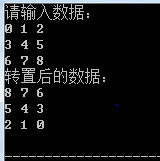
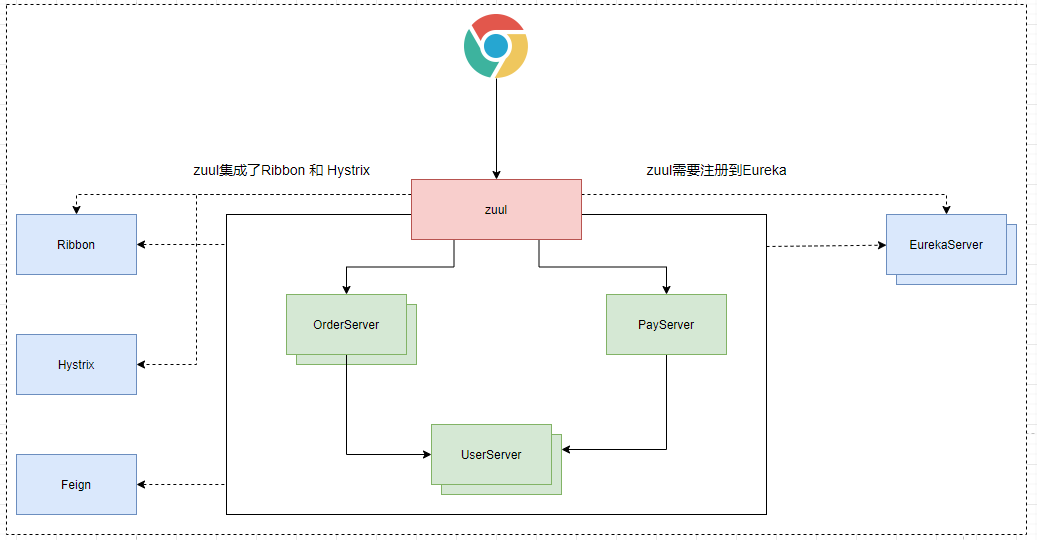
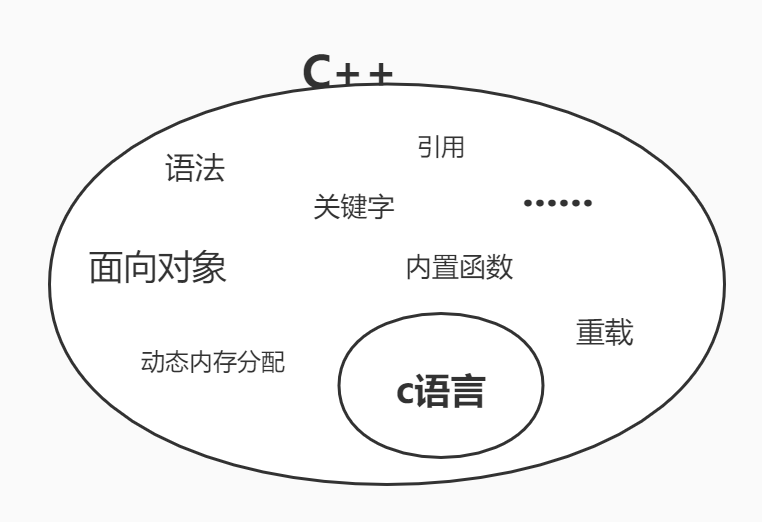

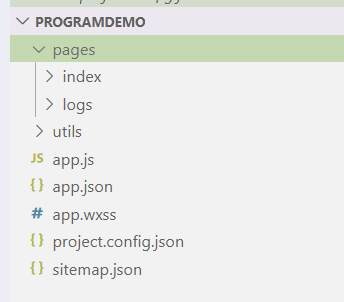
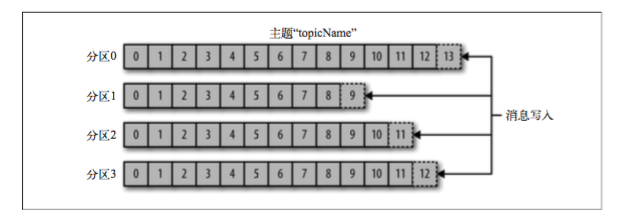



还没有评论,来说两句吧...